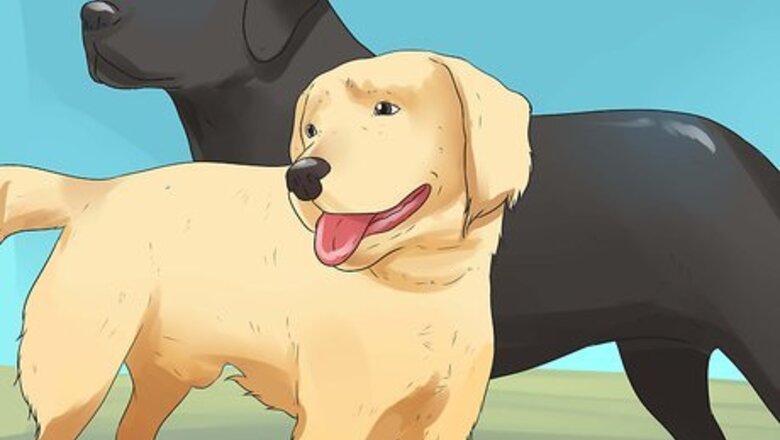
views
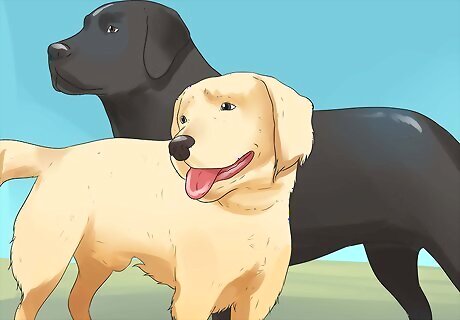
Research the different breeds of water dogs. There are many dogs suitable for hunting waterfowl. Some of the most popular are Labrador Retrievers, Golden Retrievers and Springer Spaniels. Look into the different breeds and decide which one is best for you and your hunting adventures. You should also be mindful of the amount of care a particular breed will need. Some dogs require a lot of room to run, for example, while others are more sedentary. Choose a dog that you can provide a good home for.

Pick out a puppy. Although there are many adult dogs that are trained to hunt waterfowl, it is generally best to train your own puppy. Not only will a puppy allow you the time to train the dog for your hunting style, starting with a puppy will also ensure a loyal dog that is bonded to their owner. Make sure you use a reputable breeder; you can research breeders online or at your local dog or hunting clubs. Animal shelters and animal controls often have lab and retriever mix puppies that are in danger of being put to sleep. Many mixes can be trained to retrieve ducks if proper time is spent training them. Ask a shelter if you can foster retriever mix puppies and find one that has a natural instinct to retrieve and likes water! Many times if dogs do not have a natural instinct, you can help find them a home and work with a different puppy! Choose a puppy where the parents came from the same training and background for hunting.

Introduce the puppy to water when they are little. Instill the idea that water is good, water is fun, and playing in water is a way to earn rewards and other positive reinforcement. You can start in a small wading pool at first, and in no time your dog will be ready for the open water.

Teach your dog to sit and stay. Although these are basic and cliché dog commands, they serve as the foundational commands for more complex hunting demands. Use food as a way to teach sitting. Hold food over the dog’s head. Give the command to sit while simultaneously pressing gently on the dog’s hind legs. As soon as the dog sits, give them a treat. Repeat this over and over. Soon your dog will sit at the first glance of a treat. Eventually, they will sit without requiring a treat.
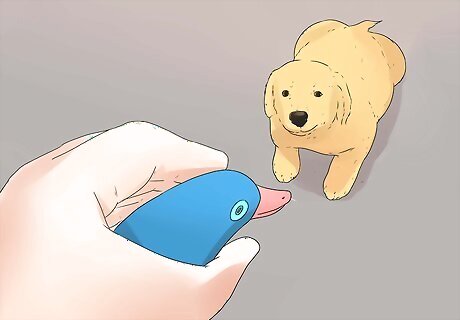
Introduce your dog to decoys and to the scent of waterfowl. It is important that your dog quickly understand the difference between a real duck and a decoy. You can utilize waterfowl scent and dummies to train your dog. Be sure to set decoys far away from the dog before throwing the dummy so they are able to find out where the dummy is and know the difference between a real bird and a decoy.
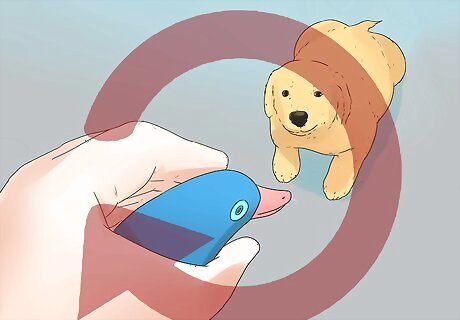
Practice daily, if possible. Make waterfowl training a fun, rewarding experience for your dog.
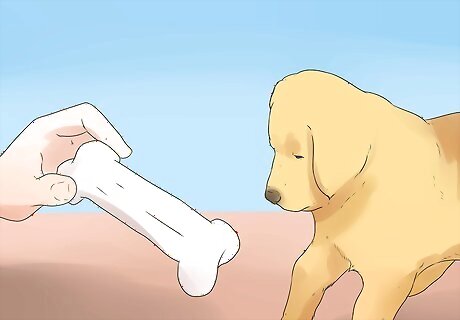
Reinforce positive behavior with positive rewards. When you attach a scent to a decoy or training device, throw it in the water, and see your dog fetch the trainer and return it to you, make sure to let your dog know what a good job it has done. There is nothing a dog wants more than to please their owner, and to establish a lifelong hunting partnership it is important to let your dog know from a young age that retrieving game is something they will be rewarded for.
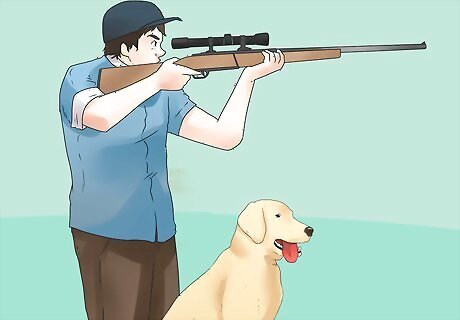
Expose your dog to actual hunting situations before taking it out into the field. A dog that is trained only in theory may not perform to expectations in the field. A dog that is expected to perform around guns needs to be trained in the presence of guns. Take your waterfowl dog with you when you target practice, or set up simulated hunts in a proper shooting area. The key point is that your dog has to be prepared for actual situations if you expect them to perform like a seasoned hunter. Condition your dog prior to the hunt. You want your dog at peak performance in the field.
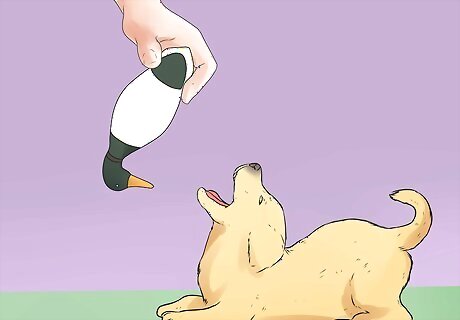
Use training dummies early and often. The more you train your dog to the scent and feel of waterfowl, the more your dog will impress you in the field. Remember, dogs want to make their owner happy, so if you show appreciation for good behavior in practice, your dog will certainly help you in hunting situations.
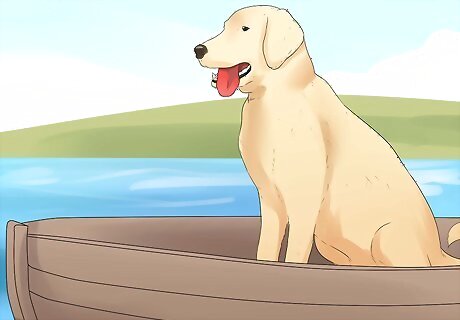
Train your dog in a boat prior to a hunt if boats are going to be used. Load it in and out, and practice retrieving dummies from the boat.
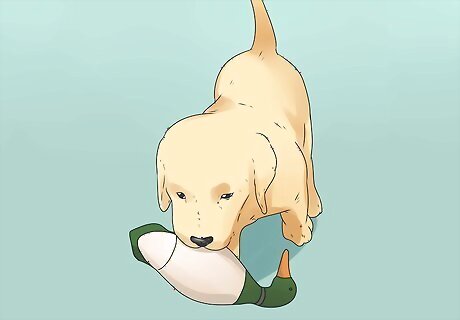
Simplify the training by keeping it simple. Your basic goal is to get your dog to retrieve the bird. In your training program focus on rewarding your dog for retrieving the training dummy. It is in the natural instincts of a retriever to want to go after, retrieve, and return a shot bird. It is the job of the owner to get the dog trained to consistently and methodically do so.




















Comments
0 comment